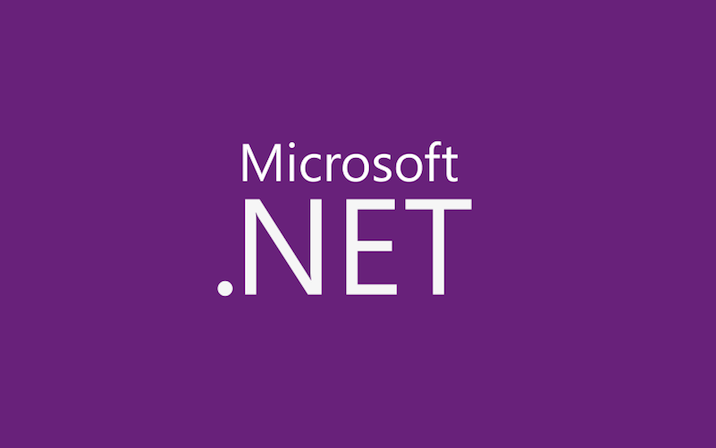


Mechanisms for Creating Tasks

The Nature of TaskCompletionSource

Tasks and Unhandled Exceptions

Does Parallel.For use one Task per iteration?

Samples for Parallel Programming with the .NET Framework 4

Getting random numbers in a thread-safe way

Concurrent, Multi-core Programming on Windows and .NET

ParallelWhileNotEmpty


 Light
Light Dark
Dark